Film photography has experienced a remarkable renaissance in recent years, with travelers rediscovering the magic of analog capture. While digital cameras offer precision and convenience, certain destinations seem tailor-made for the dreamy grain and rich colors of film. These locations offer something special that film captures uniquely well—whether it’s the way natural light interacts with landscapes or how the medium’s inherent character enhances the mood.
Here is a list of 17 destinations where your film camera will truly shine.
Santorini, Greece
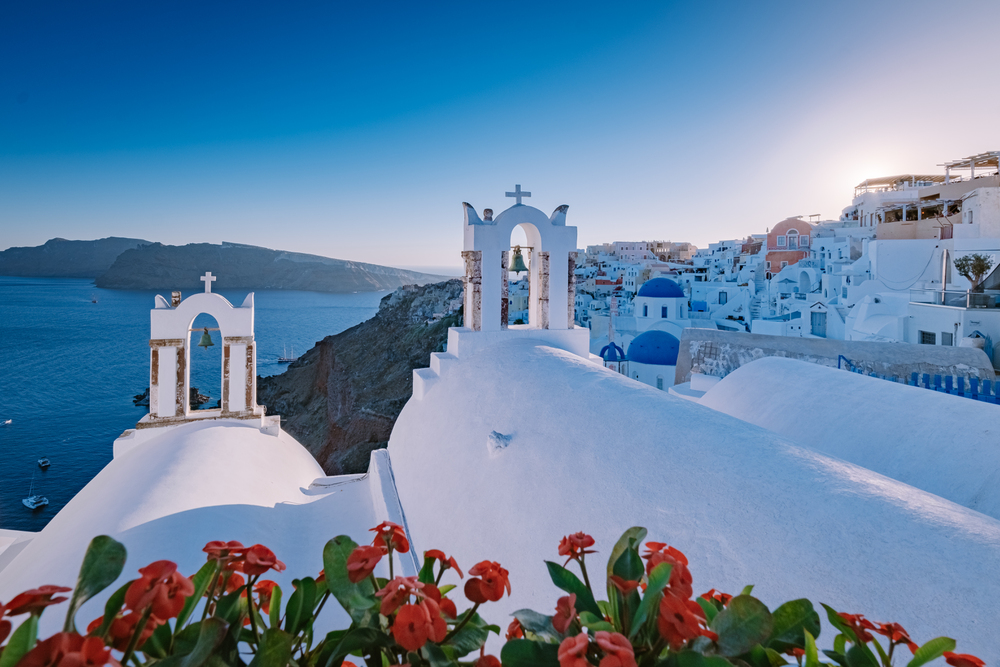
The iconic blue domes and whitewashed buildings of Santorini translate beautifully to film, particularly during the golden hour when warm light bathes the clifftop villages. The film’s natural tendency to slightly overexpose highlights perfectly capture the brilliant white of Cycladic architecture against azure skies.
The medium’s organic color rendition enhances the subtle variations in the island’s volcanic rock formations, while its grain adds texture that complements the rough-hewn stone paths. Even the bustle of tourists feels less intrusive when softened by the film’s romantic lens.
Kyoto, Japan

Kyoto’s traditional temples and gardens possess a timeless quality that film photography naturally emphasizes through its softer contrast and muted color palette. The medium excels at capturing the subtle interplay of light filtering through bamboo groves in Arashiyama, creating ethereal scenes that feel pulled from ancient scrolls.
The film’s latitude handles the challenging lighting conditions within temple complexes beautifully, preserving detail in both shadowy corners and bright courtyards. The slight unpredictability of film processing mirrors the wabi-sabi philosophy that embraces imperfection and transience in Japanese aesthetics.
Like Travel Pug’s content? Follow us on MSN.
Big Sur, California

The rugged coastline of Big Sur benefits enormously from the film’s ability to capture the full dynamic range of dramatic Pacific sunsets without the harsh contrast often produced by digital sensors. Film naturally compresses highlights and shadows in a pleasing way, allowing the misty fog rolling over Highway 1 to appear dreamlike rather than blown out.
The medium’s grain structure adds texture that complements the rough bark of coastal redwoods and weathered clifftops. Color film particularly excels at rendering the unique purple and orange hues that paint Big Sur’s evening skies.
Marrakech, Morocco
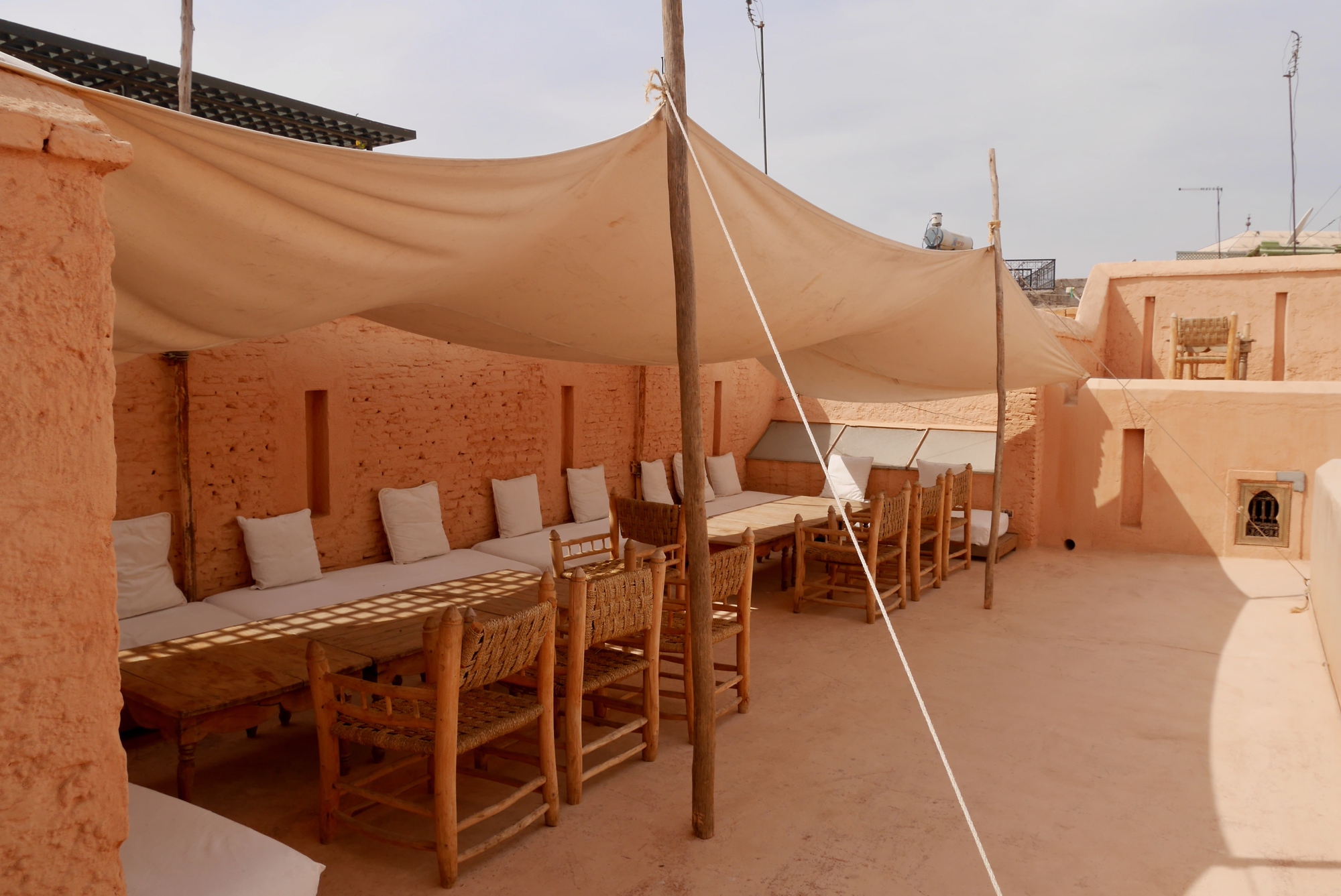
Marrakech’s medina’s warm, earthy tones are perfectly suited to the film’s color characteristics, which naturally enhance reds, oranges, and ochres without oversaturation. The film captures traditional architecture’s intricate patterns and textures in a way that feels authentic rather than clinical, with grain adding visual interest to repetitive geometric designs.
The medium handles the challenging lighting transitions from bright courtyards to dark souks gracefully, maintaining an atmosphere that digital cameras often struggle with preserving. Even the chaotic energy of Jemaa el-Fnaa square seems more romantic when filtered through the film’s nostalgic quality.
Norwegian Fjords
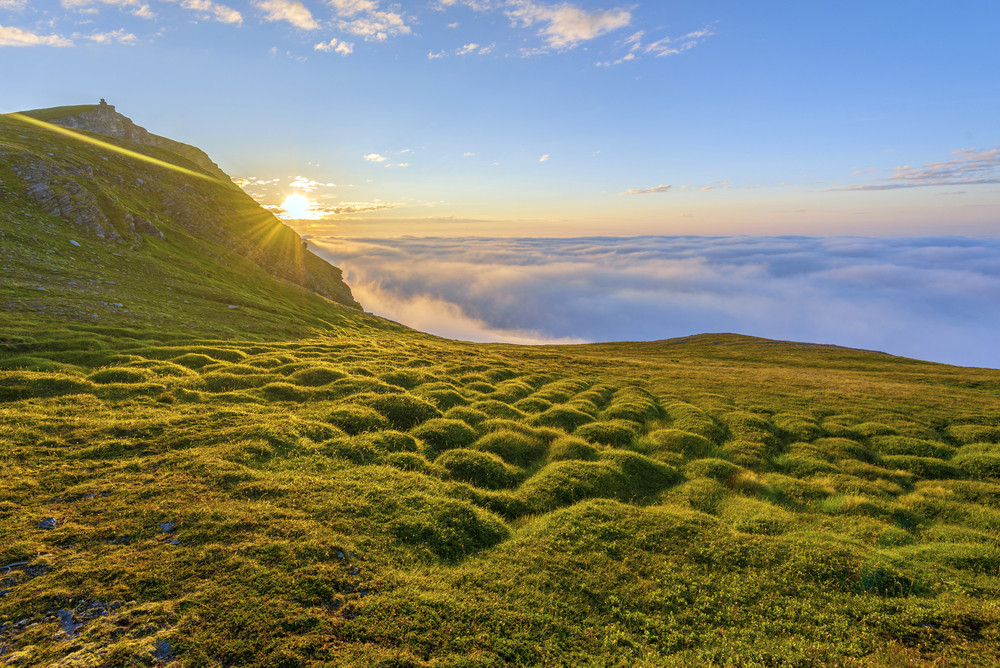
The film’s exceptional performance in overcast conditions makes it ideal for capturing the moody atmosphere of Norway’s dramatic landscapes. The medium’s natural color grading enhances the deep blues and greens of fjord waters while maintaining detail in both bright waterfalls and shadowy mountainsides.
Film grain adds texture that complements the rugged terrain without appearing artificial, creating images that feel as substantial as the landscape itself. The slight softness inherent in film photography perfectly matches the ethereal quality of mist rising from glacial waters.
Like Travel Pug’s content? Follow us on MSN.
Provence, France
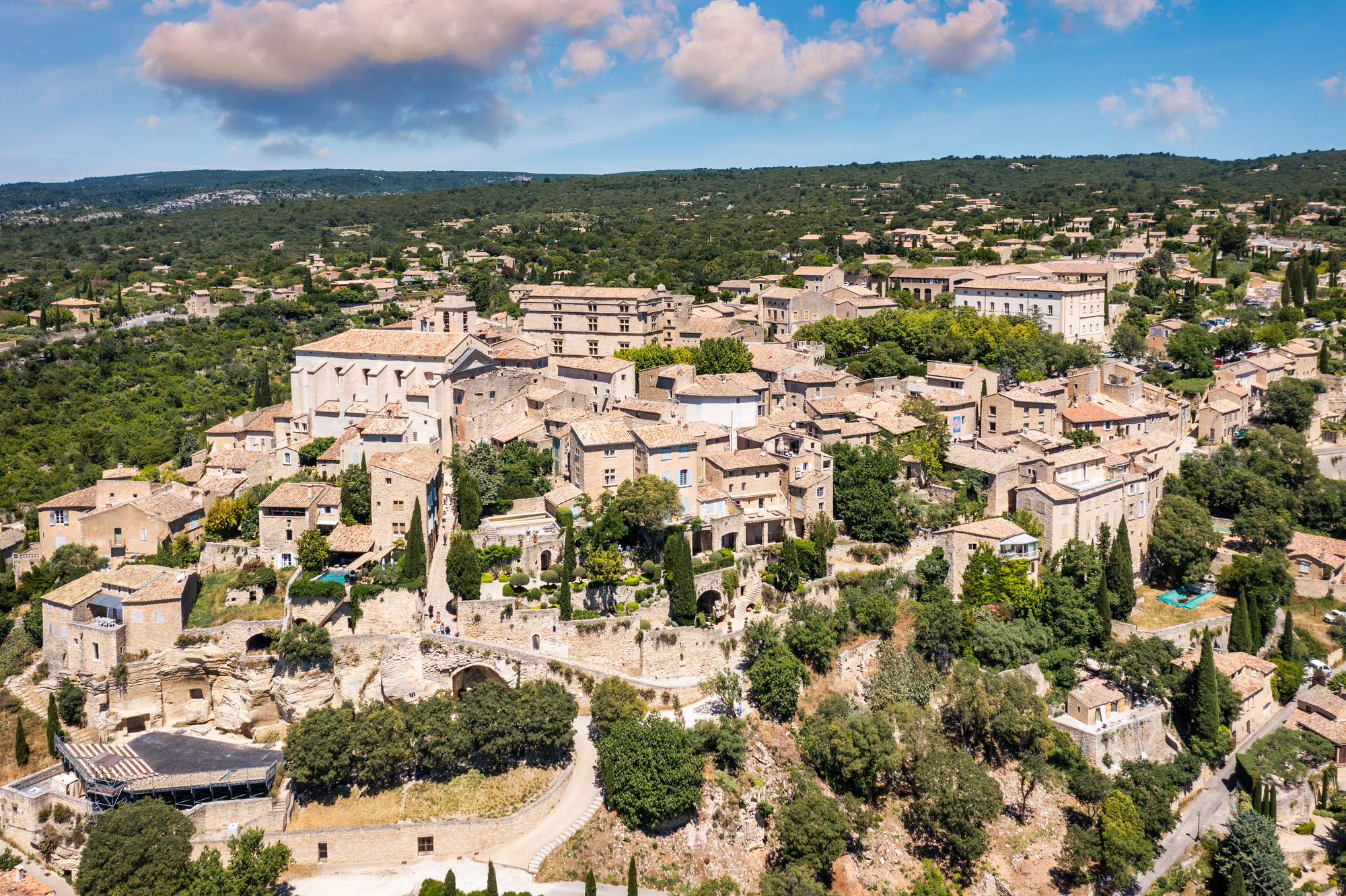
The lavender fields and sunflower meadows of Provence practically demand film photography, which captures their saturated colors without the artificial look digital can sometimes produce. The film’s warm color bias enhances the golden hour light that makes this region famous, while its grain structure adds visual interest to endless rows of crops.
The medium excels at capturing the weathered textures of old stone farmhouses and rustic shutters that define Provençal villages. Even everyday scenes like farmers’ markets take on a timeless quality when viewed through the film’s romantic filter.
Iceland’s Ring Road
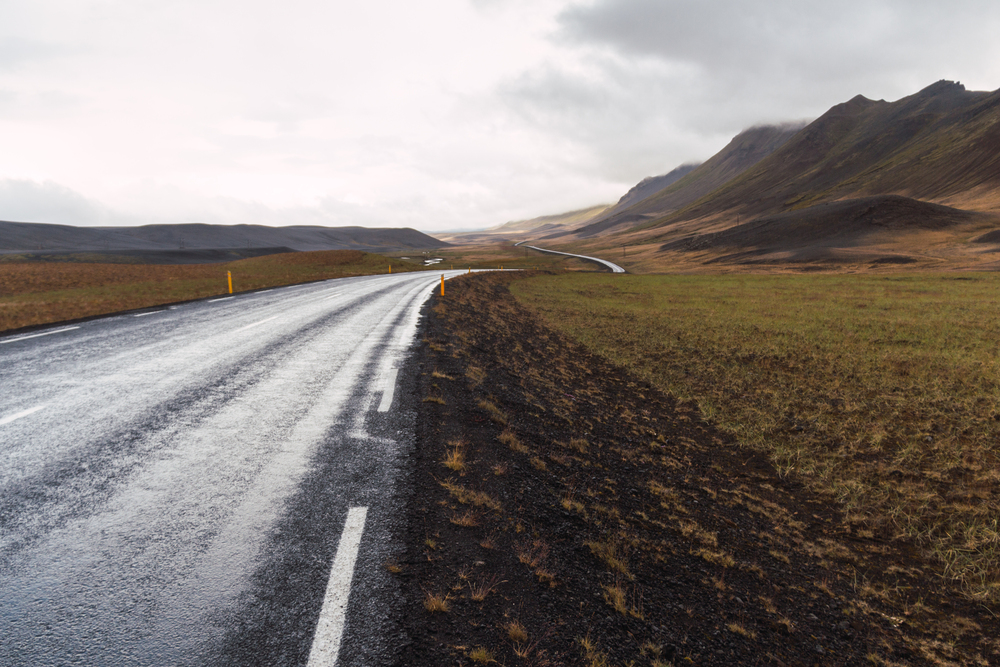
Iceland’s otherworldly landscapes benefit from the film’s ability to handle extreme contrast situations, which is particularly useful when photographing features like geysers against bright skies or aurora displays over dark terrain. The medium’s dynamic range preserves detail in both the brilliant blues of glacial ice and the deep blacks of volcanic rock formations.
Film grain enhances the texture of moss-covered lava fields and adds atmosphere to steamy geothermal areas without appearing artificial. The unpredictable nature of film processing mirrors Iceland’s volatile geological character.
Cinque Terre, Italy
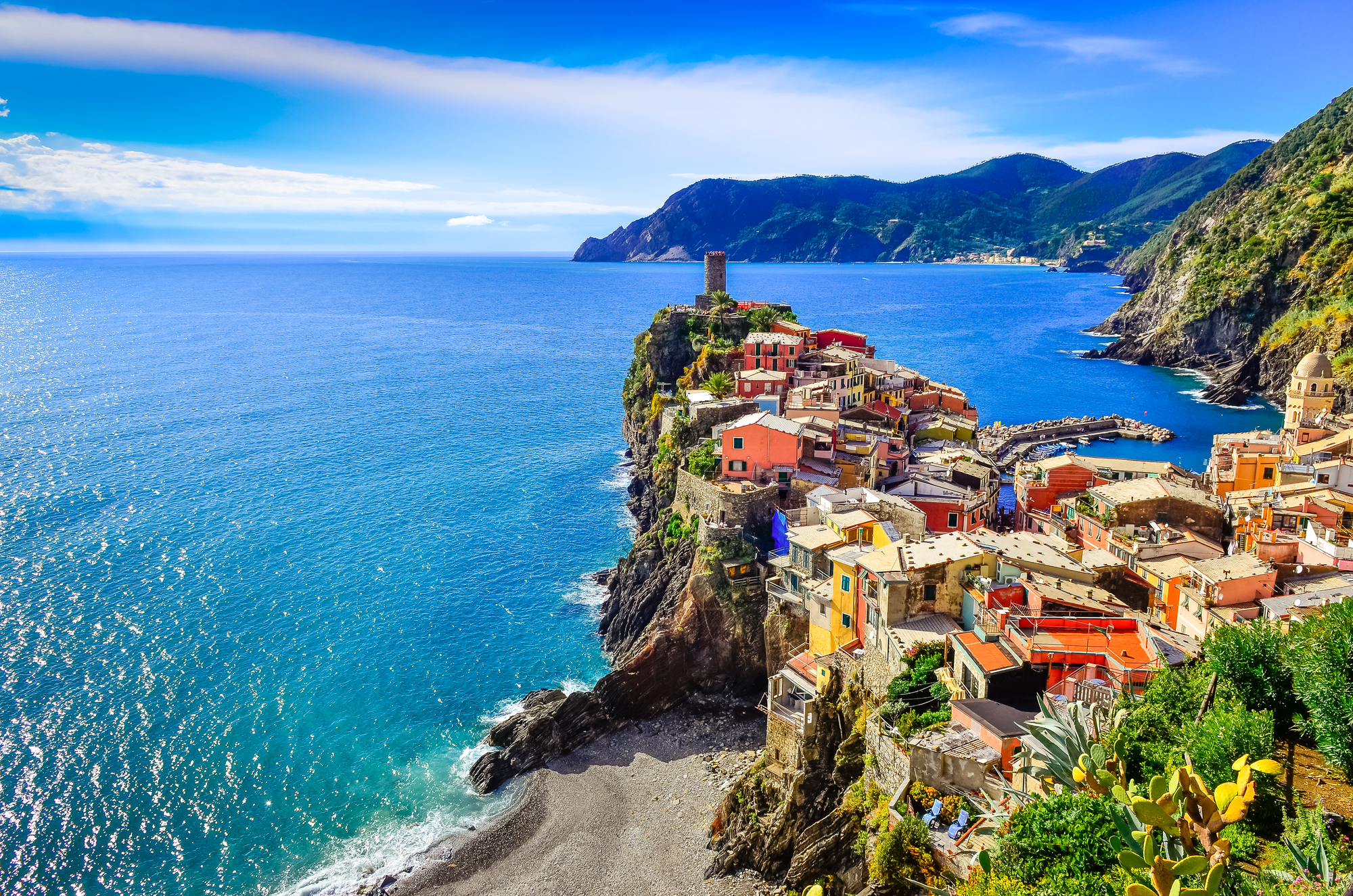
The colorful houses tumbling down cliffsides to meet the Mediterranean are tailor-made for film photography, which renders their vibrant hues with pleasing saturation that never feels overdone. The film’s natural vignetting gently frames these picturesque villages while its grain adds texture that complements the rough stone terraces carved into hillsides.
The medium handles the challenging lighting conditions of narrow village streets beautifully, maintaining detail in both bright facades and shadowy alleyways. Each frame captures not just the visual beauty, but the relaxed atmosphere that defines this UNESCO World Heritage coastline.
Like Travel Pug’s content? Follow us on MSN.
Patagonia, Argentina
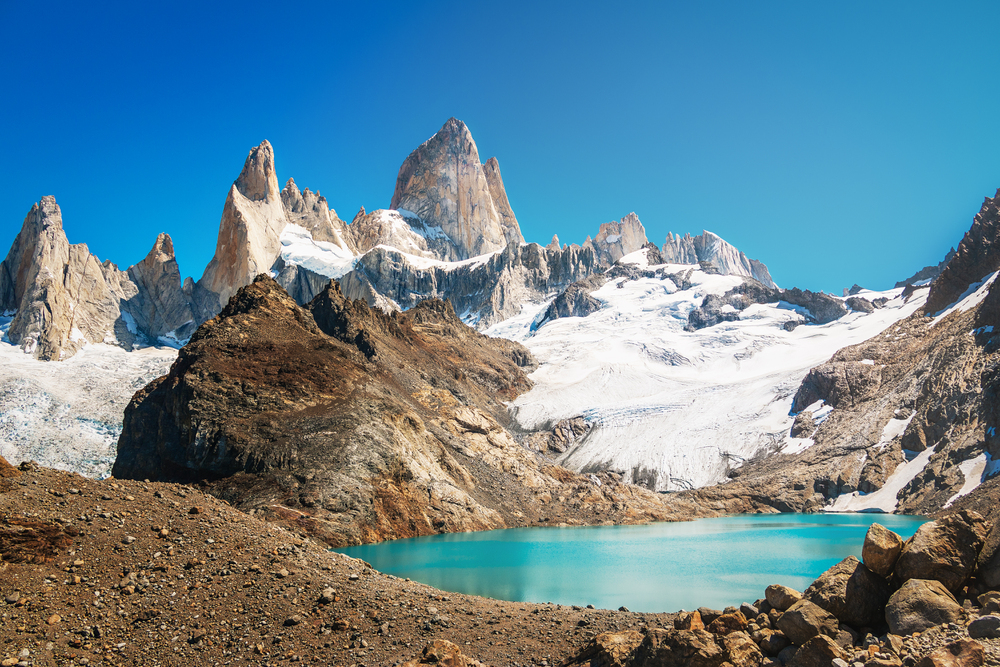
The vast landscapes of Patagonia benefit from the film’s ability to compress distance while maintaining detail, creating images that convey the true scale of the region’s mountains and glaciers. The film’s color rendition perfectly captures the unique lighting conditions found at these extreme latitudes, particularly the intense blues of Patagonian skies.
The medium’s grain structure adds texture that enhances rather than distracts from sweeping vistas of the Southern Andes. The film naturally handles the extreme weather conditions common in Patagonia, producing images that feel as rugged and authentic as the landscape itself.
Rajasthan, India
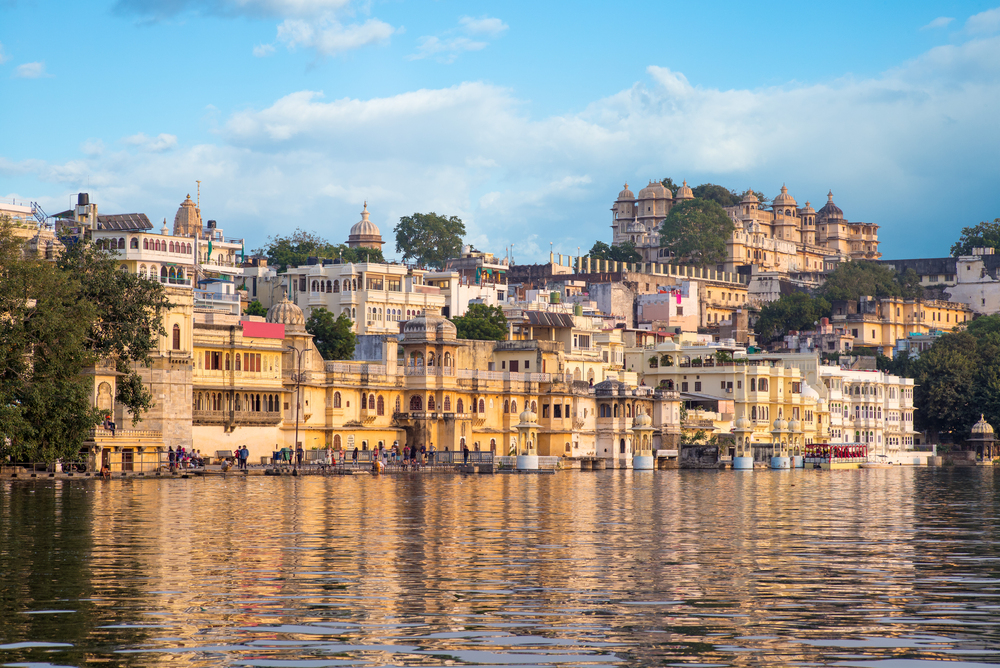
The desert state’s vibrant textiles, intricate architecture, and warm color palette align perfectly with the film’s characteristics, which enhance reds, golds, and oranges without appearing artificial. The film excels at capturing the fine details of carved stone jharokhas and painted havelis while maintaining the overall atmosphere of ancient cities like Jaisalmer and Jodhpur.
The medium’s grain adds visual interest to repetitive patterns in textiles and architecture without overwhelming delicate craftsmanship. Even the intense heat shimmer of the Thar Desert appears romantic rather than harsh when captured on film.
Scottish Highlands
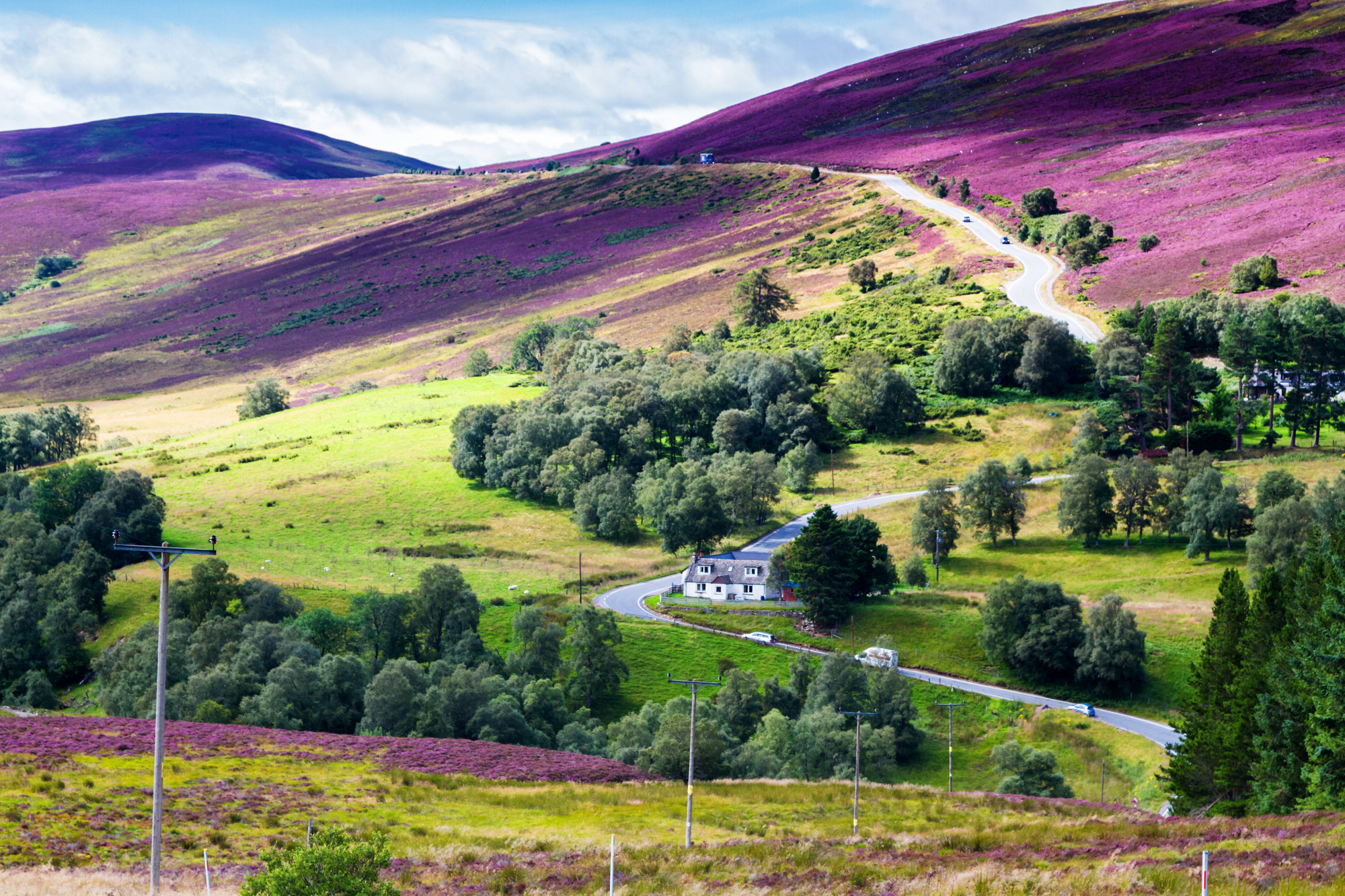
The moody atmosphere of Scotland’s mountainous regions is perfectly suited to the film’s performance in challenging lighting conditions, particularly the soft, diffused light common in the Highlands. The film naturally enhances the rich greens of highland vegetation and the deep blues of lochs while maintaining detail in often-overcast skies.
The medium’s grain structure complements the rugged texture of heather-covered hillsides and ancient stone structures. The film captures the timeless quality of this landscape, feeling authentic to its Celtic heritage and legendary atmosphere.
Like Travel Pug’s content? Follow us on MSN.
Bagan, Myanmar
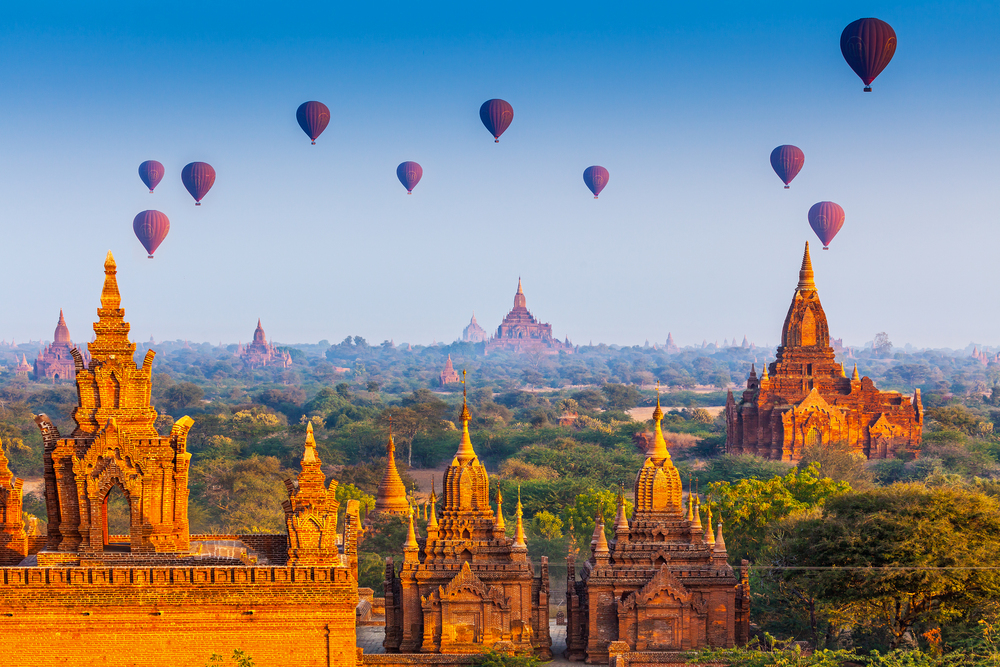
The thousands of ancient temples scattered across Bagan’s plains create a landscape that seems designed for film photography, with its warm tones and soft contrast perfectly suited to the medium’s characteristics. The film excels at capturing the golden light of sunrise and sunset as it illuminates pagoda spires emerging from the morning mist.
The medium’s color rendition enhances the weathered reds and golds of centuries-old brickwork, while its grain adds texture without overwhelming intricate architectural details. Each image captures not just the visual spectacle but the spiritual atmosphere that permeates this sacred landscape.
Tuscany, Italy

Rolling hills dotted with cypress trees and medieval hilltop towns provide the perfect subject matter for the film’s romantic aesthetic, which naturally enhances the region’s golden color palette. The film captures the soft, diffused light that makes Tuscan mornings and evenings so magical, while its grain structure adds texture to vineyard terraces and olive groves.
The medium excels at handling the challenging contrast between bright limestone buildings and deep shadows in ancient villages like San Gimignano. Even everyday scenes of rural life take on the timeless quality of Renaissance paintings when captured on film.
Lofoten Islands, Norway
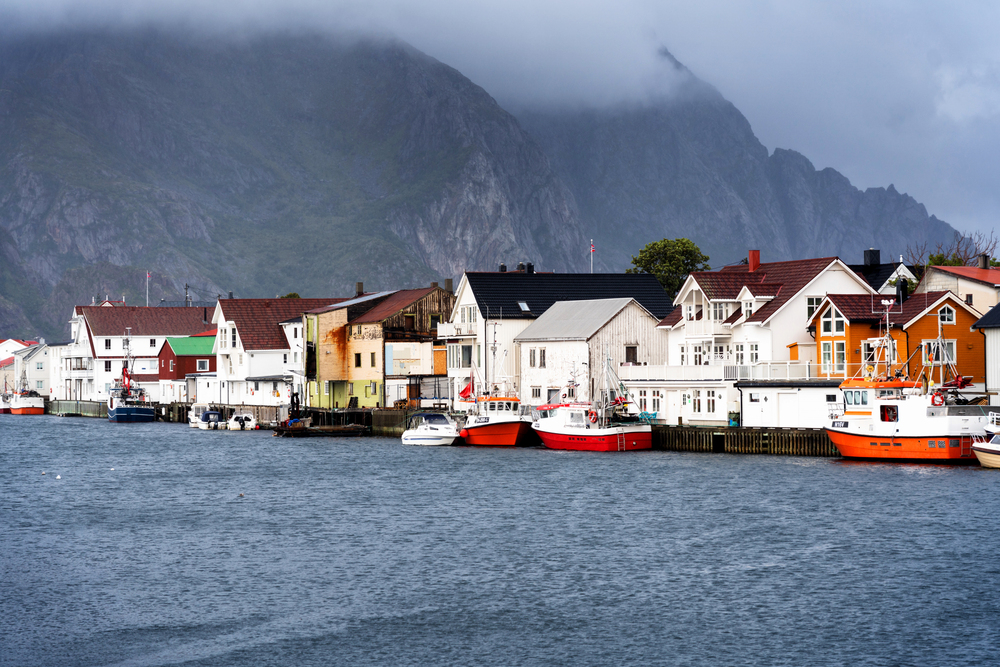
These dramatic Arctic islands offer some of the world’s most striking landscapes, perfectly suited to the film’s ability to handle extreme lighting conditions and enhance natural colors. The film captures the unique quality of northern light as it reflects off snow-covered peaks and illuminates traditional rorbu fishing huts.
The medium’s grain structure adds texture that complements the rugged coastline without appearing artificial or distracting. The film naturally compresses the scene’s dramatic contrast between dark mountains and bright aurora displays, creating images that feel more authentic than digital’s often clinical precision.
Like Travel Pug’s content? Follow us on MSN.
Socotra Island, Yemen

This isolated island’s alien-looking dragon blood trees and pristine beaches benefit from the film’s ability to capture otherworldly scenes while maintaining a natural, organic feel. The film’s color characteristics enhance the unique reds and greens of Socotra’s endemic vegetation without making them appear artificial or oversaturated.
The medium handles the challenging lighting conditions of desert environments beautifully, preserving detail in both shadowy valleys and bright dunes. Film grain adds texture that complements the island’s rugged terrain while maintaining the dreamlike quality of this UNESCO biosphere reserve.
Faroe Islands
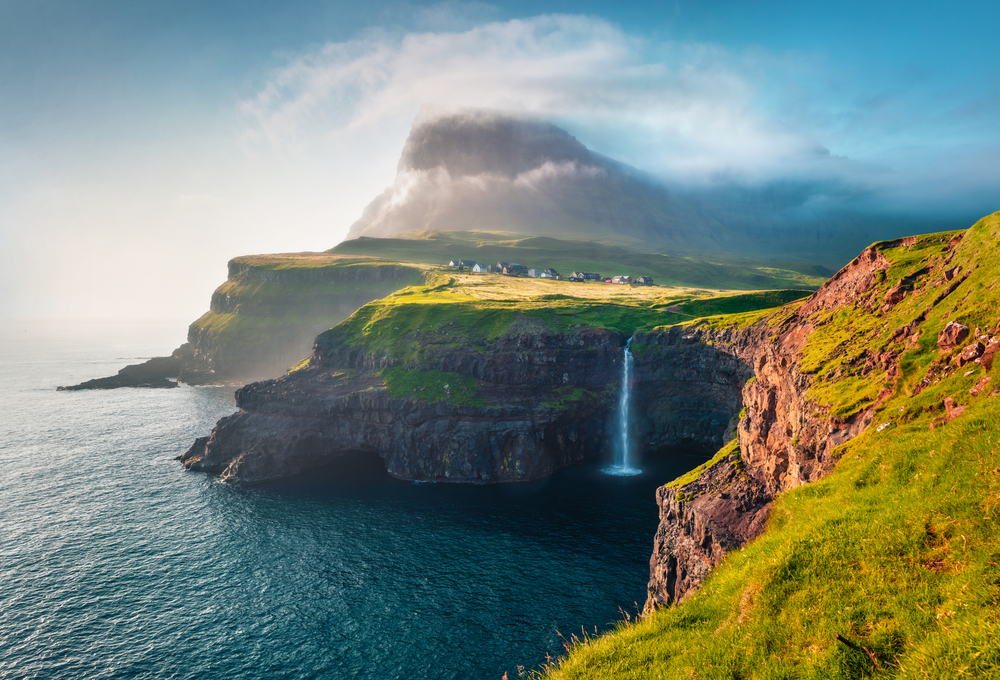
The remote Faroe Islands’ dramatic cliffs, grass-roof houses, and ever-changing weather provide ideal subjects for film photography’s ability to capture mood and atmosphere. The film excels in the overcast conditions common to these North Atlantic islands, rendering subtle color variations in constantly shifting light.
The medium’s natural vignetting enhances the compositions of traditional villages nestled in valleys between towering peaks. The film’s unpredictable nature mirrors the Faroes’ volatile weather patterns, creating images that feel authentic to the island experience.
New Zealand’s South Island
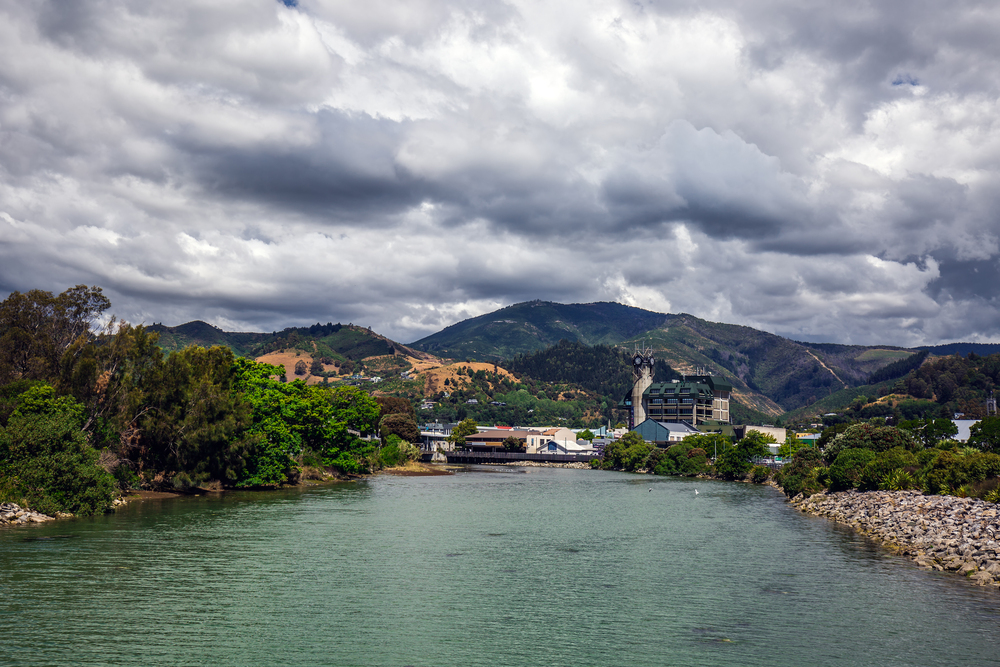
From Milford Sound’s misty fiords to the Southern Alps’ snow-capped peaks, the South Island offers landscapes that showcase the film’s ability to capture both detail and atmosphere simultaneously. The film naturally handles the extreme dynamic range of New Zealand’s varied terrain, from bright alpine snow to deep forest shadows.
The medium’s color rendition perfectly captures the unique quality of Southern Hemisphere light while its grain adds texture that enhances rather than obscures the landscape’s natural beauty. Film processing’s slight unpredictability mirrors New Zealand’s ever-changing weather patterns and geological activity.
Like Travel Pug’s content? Follow us on MSN.
Why These Places Matter More Than Ever
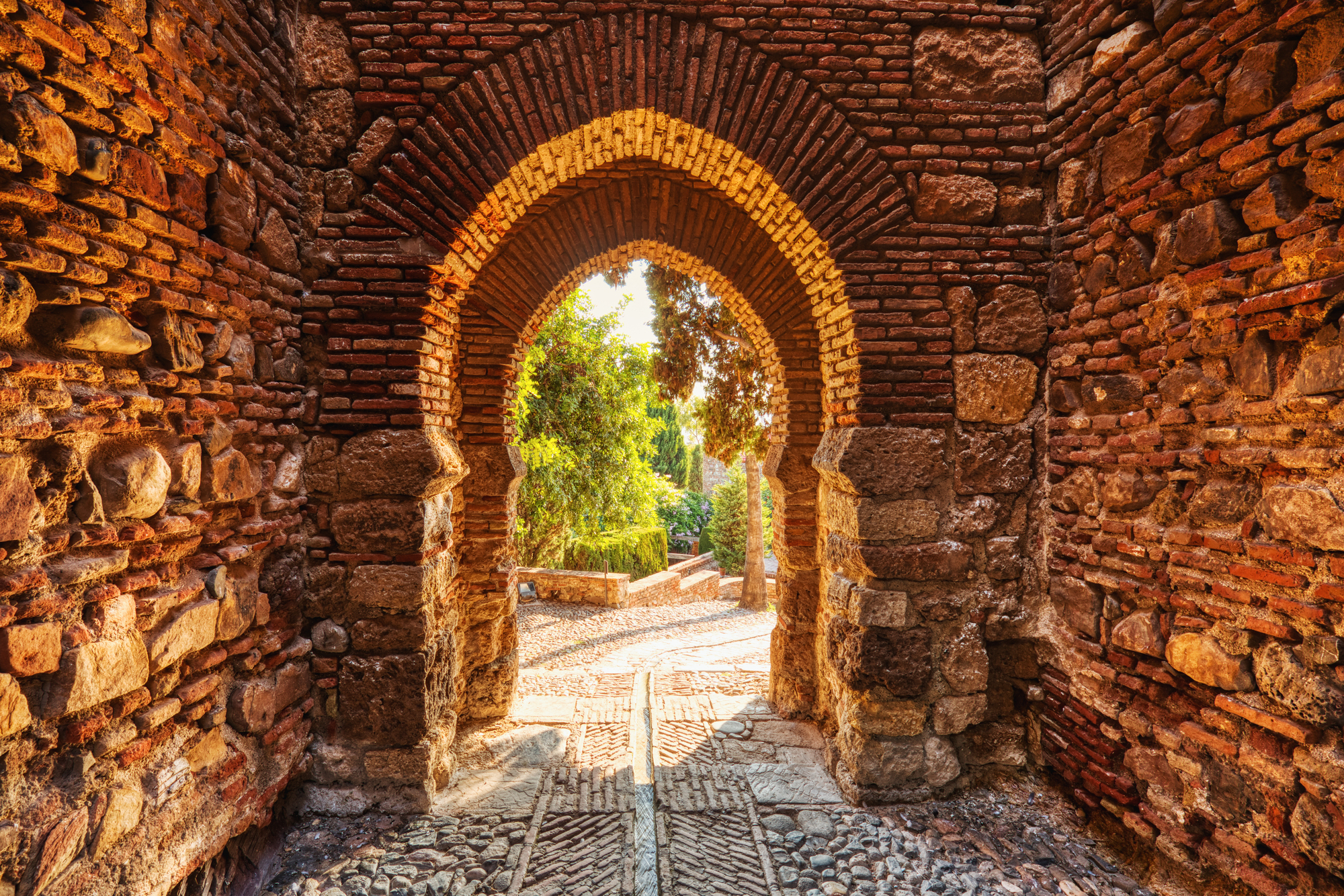
In an age of digital perfection and instant gratification, these destinations remind us that sometimes the most beautiful images come from embracing the unexpected. Film photography’s inherent limitations—its finite frames, processing delays, and occasional happy accidents—force photographers to slow down and truly observe their surroundings.
These seventeen locations reward that patience with scenes that seem custom-made for analog capture, where the film’s unique characteristics enhance rather than merely document the experience. The grain, color shifts, and dynamic range of film create images that feel more like memories than photographs, preserving not just how these places look but how they make us feel.
More from Travel Pug

- Cities Growing so Fast You Won’t Recognize Them in 10 Years
- 13 Destinations Where Tourists Regularly Regret Their Trip
- 16 U.S. Cities That Are Quietly Becoming Travel Hotspots
- Where to Travel If You Love Long Bus Rides and Daydreams
- 20 Cities Perfect for Solo Travelers Who Crave Adventure & Culture
Like Travel Pug’s content? Follow us on MSN.
